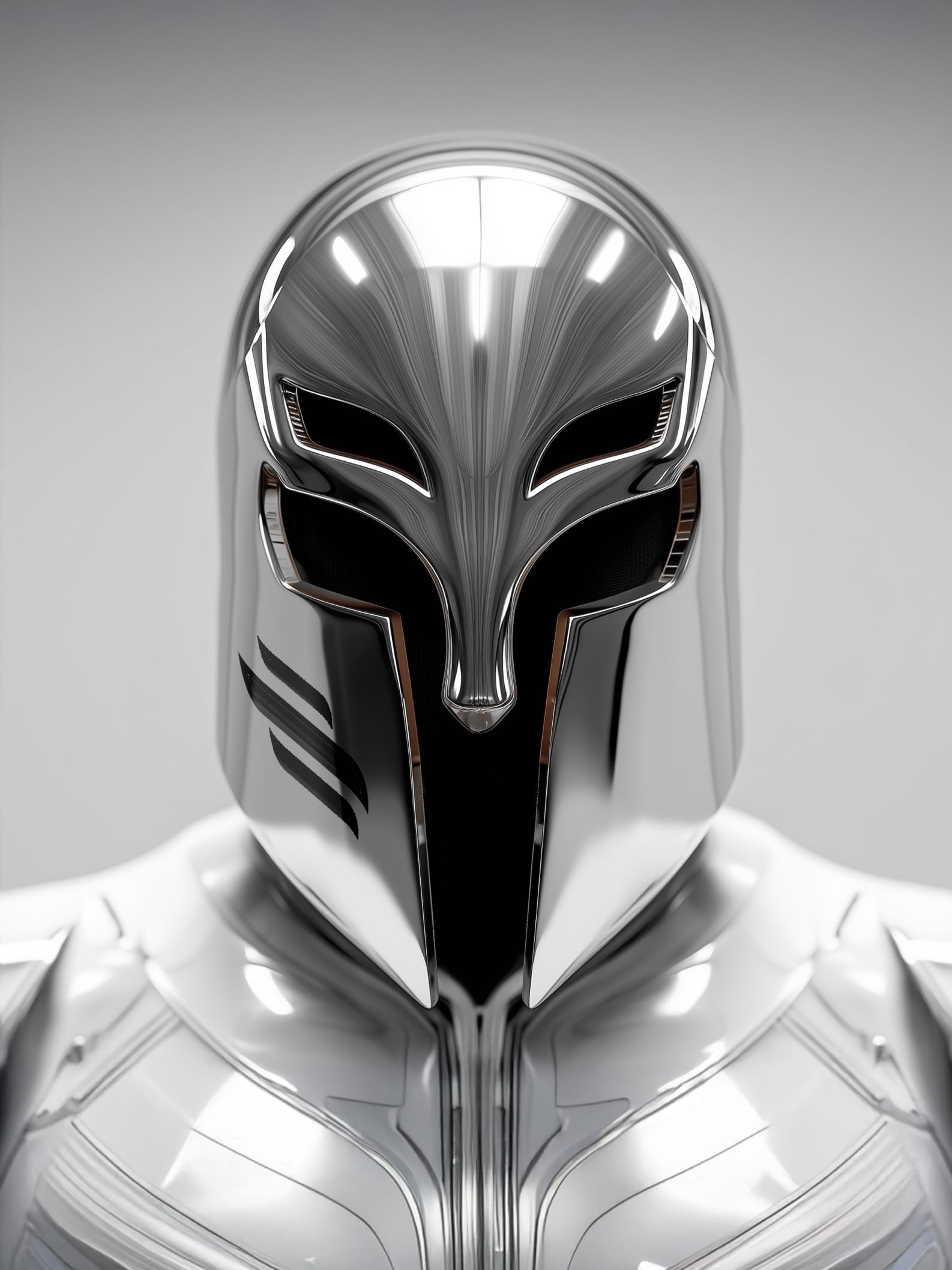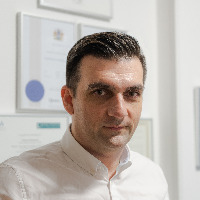Ask any experienced investor what separates success from stress in real estate, and you’ll hear one consistent answer: strategy.
Not just a vague intention to “buy property,” but a clear investment model that aligns with your goals, available time, and risk appetite.
A good strategy isn’t about being flashy or following trends — it’s about knowing why you're investing and how your property decisions support that purpose.
Here’s how to define a property strategy that works for you, not someone else’s YouTube channel.
1. Know Your Financial Goals
Before you pick a strategy, you need to understand what you're aiming for.
- Are you investing for income? (e.g., £1,500/month in rental cashflow?)
- Do you want to build equity fast? (e.g., force appreciation through renovation or development?)
- Are you planning to hold long-term for retirement?
Clear, specific goals will eliminate 90% of the noise and distractions. They become your filter for evaluating opportunities.
Real example:
If your goal is to replace your income within 5 years, chasing capital growth in low-yield areas may not get you there. A high-cashflow strategy like HMOs might be better aligned.
2. Understand Your Time Commitment
Different strategies demand different levels of involvement.
- Passive: Buy-to-let with a property manager
- Semi-active: BRRR (Buy, Refurbish, Refinance, Rent), short-term lets
- Active: Flips, developments, rent-to-rent models
If you have a full-time job and a young family, an HMO refurbishment may not be realistic. But a simple single-let in a solid rental area? That’s scalable with minimal stress.
Choose a model that works with your lifestyle, not against it.
3. Match Strategy to Risk Tolerance
Every strategy comes with trade-offs. Understand yours.
- Flipping offers big gains, but carries big risk if the market turns.
- Buy-to-let is stable, but slower to scale.
- Holiday lets offer high yield, but come with seasonal swings and regulatory uncertainty.
Ask yourself:
- How comfortable am I with debt?
- How much cash am I willing to risk in a single deal?
- How would I react if the market dropped 10%?
A good strategy helps you sleep at night — and still make progress.
4. Focus > Fancy
You don’t need a dozen strategies. You need one that works and compounds.
Too many new investors bounce from flips to HMOs to rent-to-SA — and burn out in the process.
Start with one simple model. Get good. Systemize it. Then expand.
One great strategy, executed consistently, will outperform five half-baked ones every time.
5. Adapt, Don’t Drift
Markets change. So should your approach — strategically, not reactively.
Review your goals every 6–12 months. If your life changes (job, kids, new financial needs), adjust your model.
But always with intention — not because TikTok said HMOs are “in.”
Final Thought
A good property strategy is personal. It’s the intersection of your ambition, your resources, and your reality.
Start where you are. Be honest about what you want. Then build a model that makes your life — and your returns — better.
The rest? That’s just execution.



























Discussion